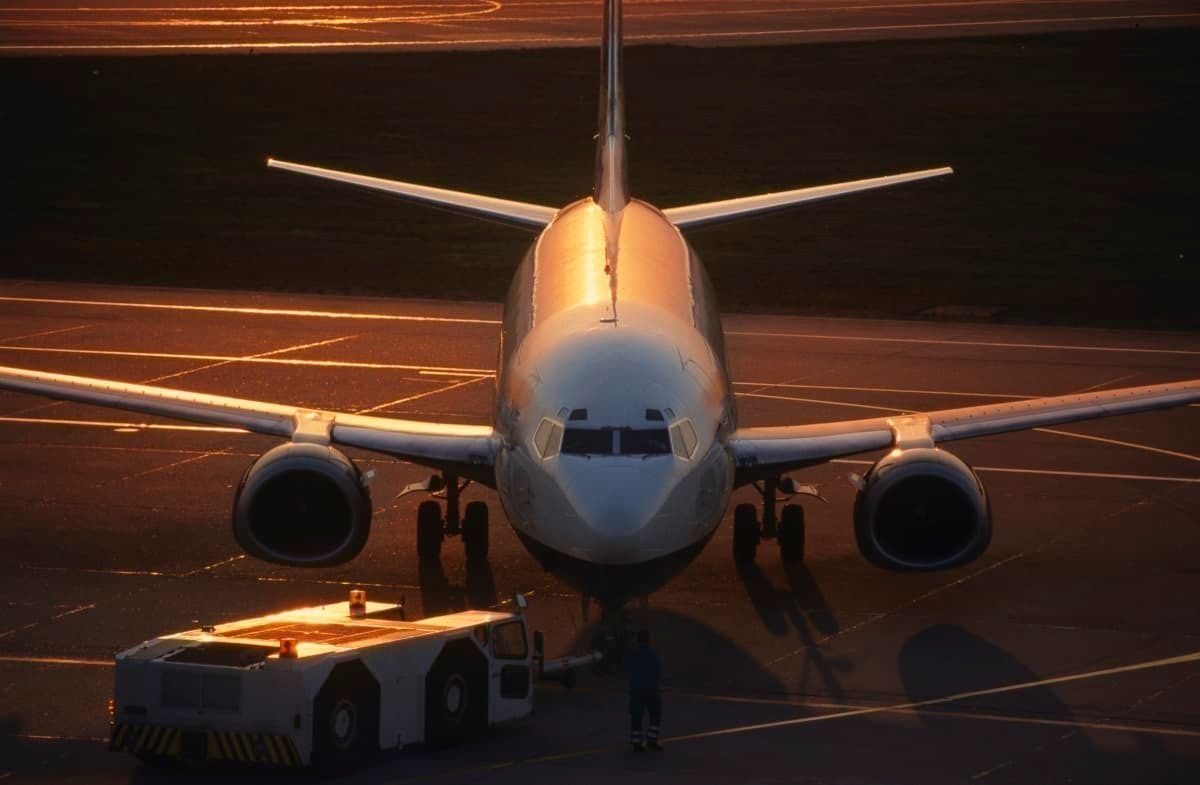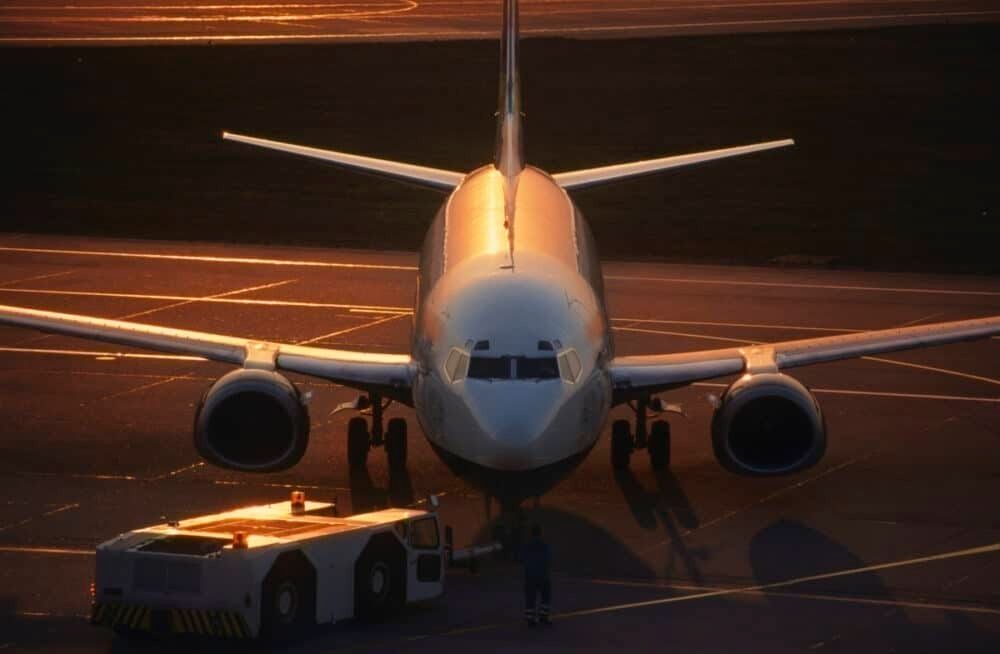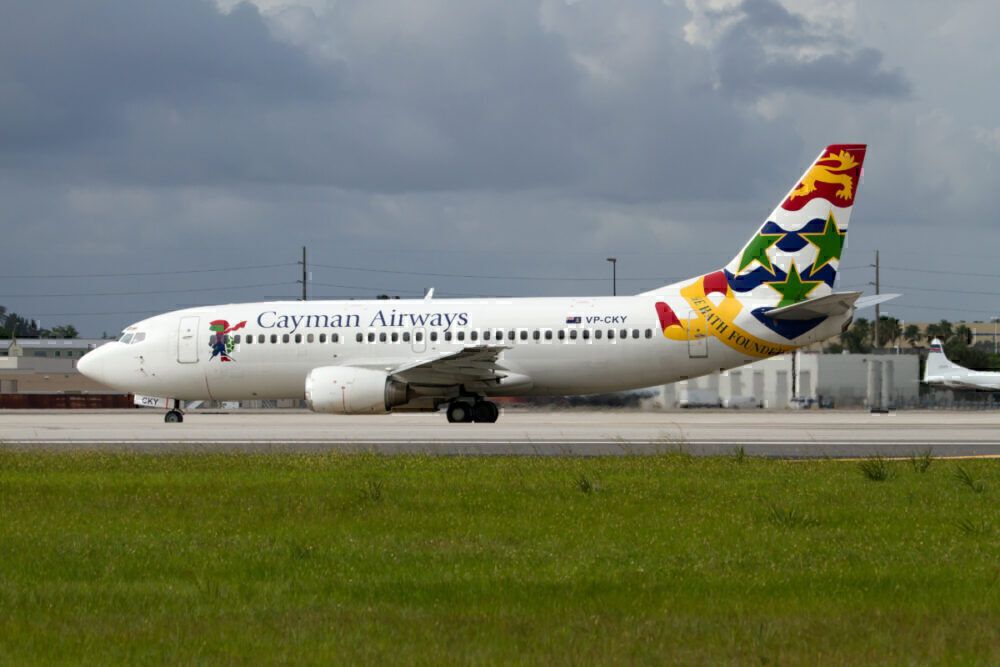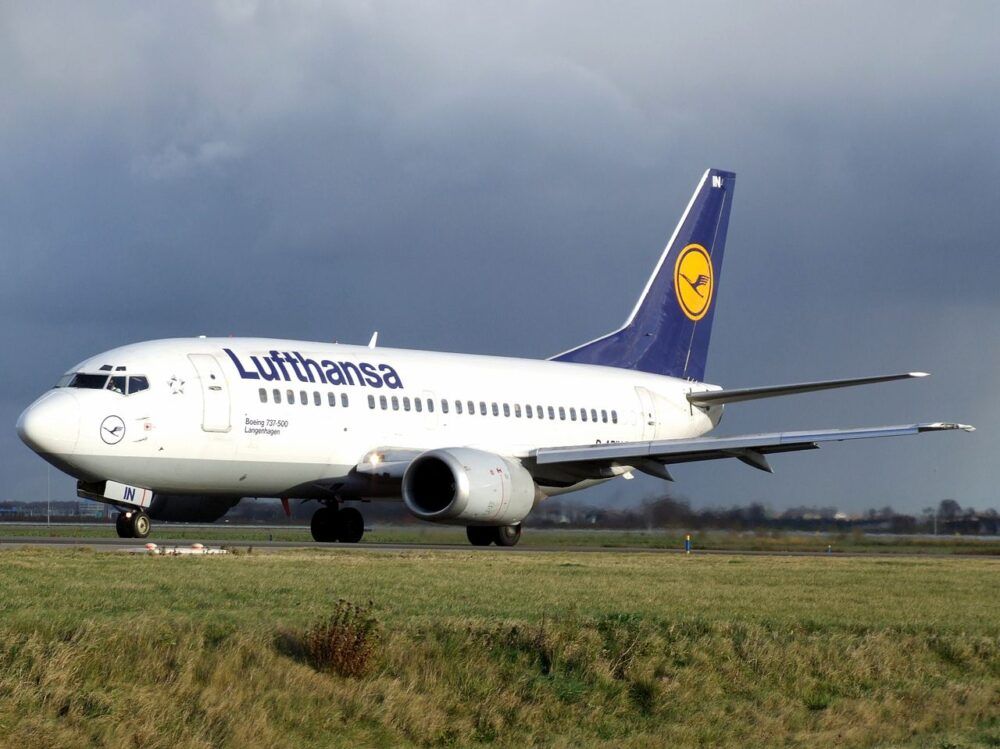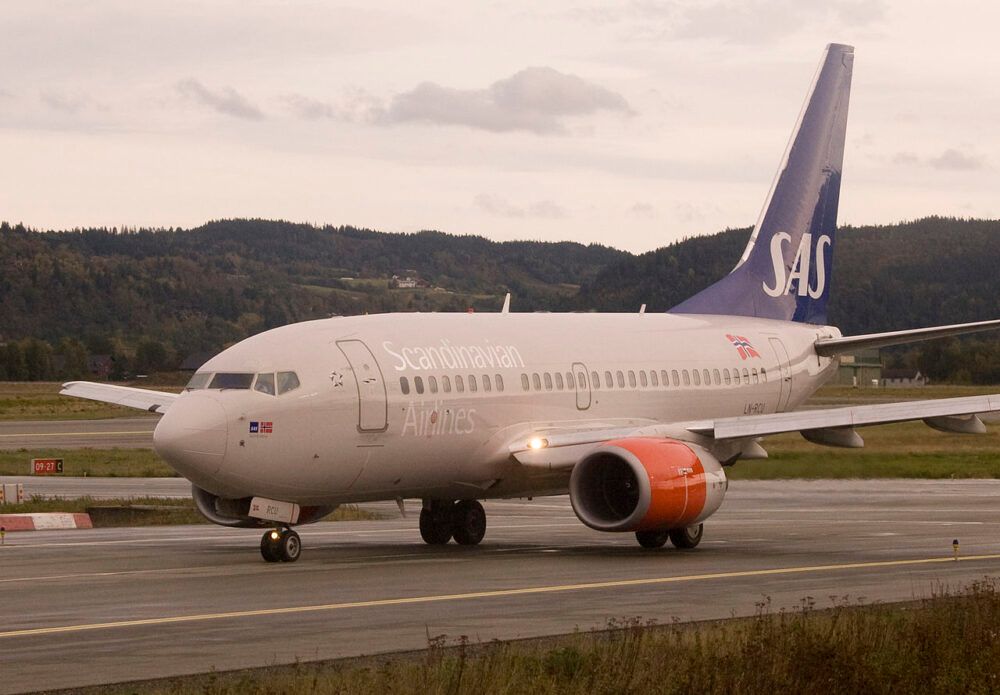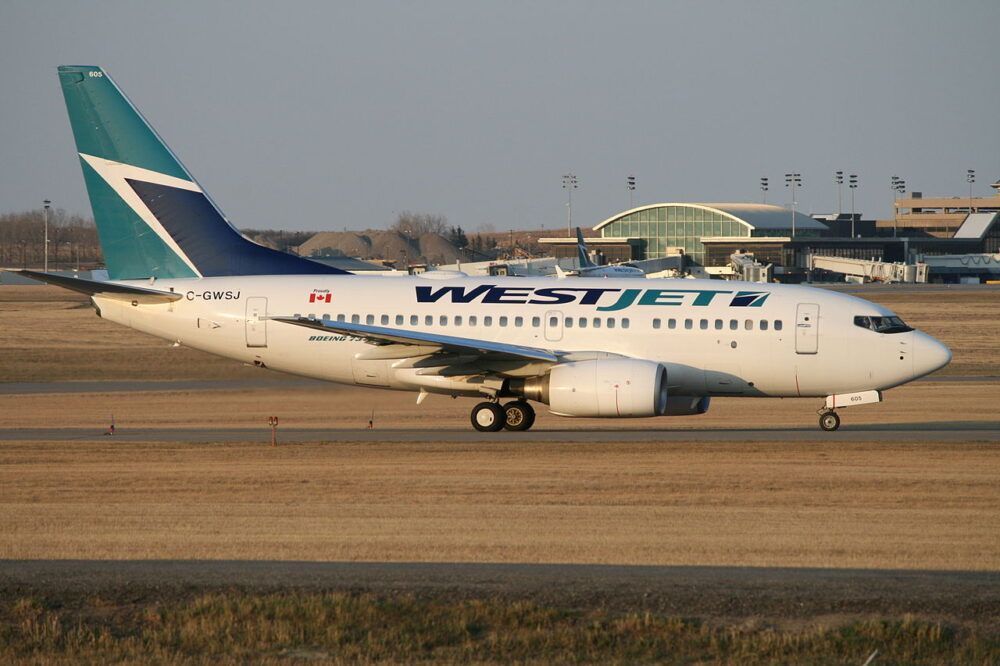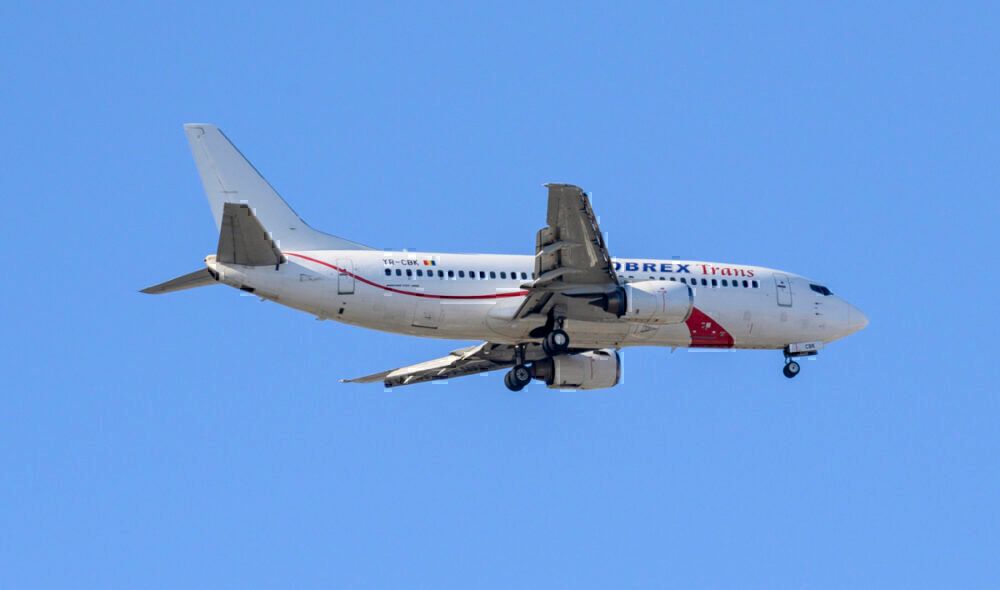The Boeing 737 is one of the most successful aircraft types of all time. It holds the record for being the most delivered aircraft in history and has only recently been taken over by the Airbus A320 family for the number of orders confirmed. There have been many different variants of the plane. Each model has its own features and attributes to help airlines serve their passengers. Let's take a look at the differences of three variants - the -300, -500, and -600.
In the beginning
The 737 first flew in 1967, but there have been several tweaks along the way. The -100 and -200 led the type's first-generation into commercial success. However, nearly two decades after the initial launch, it was time to shake things up.
The 737 Classic would continue the legacy of the popular narrowbody. This series consists of the 737-300, -400, and -500.
Bluebird highlights that the 737-300 program was launched at the beginning of the 1980s. Airline deregulation in the United States in the late 1970s caused an increase in competition across the country. Subsequently, there were changes in the way routes were served. For instance, planes flew into airports operated as hubs, then serviced dispersed to smaller airports at shorter distances. So, the 737 would be an ideal solution for these regular short- to medium-range routes.
Since its launch, one of the main goals of the -300 was to maintain commonality with the existing aircraft. The plane would use modern and bigger CFM56-3 engines. It would also have an up-to-date flight deck and a common airframe. As a result, carriers had lower equipment costs and could maintain interchangeable crews.
Moreover, new aluminum alloys and composites were implemented. These factors reduced the plane's weight. Along with this, aerodynamic improvements were adapted from the 757 and 767.
The Classic series
The -300 first hit the skies in February 1984 and was then introduced in December of that year with USAir. The stretched 737-400 then took off in February 1988 and entered service in the same year.
The 737-500 was the shortest of the group. This plane first flew in June 1989 before entering service the following year. It was introduced on the back of demand within the industry, and was thought to be an advanced and direct replacement of the -200. This time around, it would be able to provide longer routes but with fewer passengers to be more economically efficient than the -300.
Stay informed: Sign up for our daily aviation news digest.
A new generation
One of the most recognizable productions of the Boeing 737 program comes from the Next-Generation (NG) series. This crop was launched in 1993 and has been in production since 1997 as an upgrade of the second installment.
The program offers a redesigned wing with a larger area, along with a wider wingspan, greater fuel capacity, and higher maximum takeoff weights (MTOW). Additionally, the series promoted the use of CFM International CFM56-7 series engines. Crew would also witness a glass cockpit, along with several other internal upgrades.
SAS launched the -600 in March 1995, and the carrier received its first plane in September 1998. Altogether, 69 units were produced, and the last one was delivered to WestJet in 2006. The variant was thought to be a replacement to the -500 and offers similarities to the Airbus A318.
Up against each other
So, now we have gone through the journeys of the three aircraft, we can take a look at how they stand against each other.
According to Aviator Joe, here are the key specifications of the -300, -500, and 600.
737-300
Length: 33.40 m / 109 ft 7 in
Wingspan: 28.88 m / 94 ft 9 in
Height: 11.13 m 36 ft 6 in
Engines: Two
Total thrust: 196 kN 44,000 lbf
MTOW: 62,800 kg / 138,000 lbs
Range: 5,000 km / 2,700 NM
Cruise speed: Mach 0.73
Max capacity: 149 passengers
737-500
Length: 31.00 m / 101 ft 8 in
Wingspan: 28.88 m / 94 ft 9 in
Height: 11.13 m / 36 ft 6 in
Engines: Two
Total thrust: 178 kN / 40,000 lbf
MTOW: 60,000 kg / 132,000 lbs
Range: 4,444 km / 2,400 NM
Cruise speed: Mach 0.73
Max capacity: 145 passengers
737-600
Length: 31.20 m / 102 ft 4 in
Wingspan: 35.80 m / 117 ft 5 in
Height: 12.60 m / 41 ft 4 in
Engines: Two
Total thrust: 202 kN 45,400 lbf
MTOW: 65,000 kg / 143,000 lbs
Range: 5,600 km / 3,024 NM
Cruise speed: Mach 0.785
Max capacity: 149 passengers
The clear differences
What's evident from the outset is that the -300 is the most physically extended of the trio. When it comes to speed, both the -300 and -500 cruise the same. Meanwhile, the updated technology of the -600 allows for faster travel. Along with this, the MTOW of the newer model triumphs the predecessors.
Interestingly, both the -300 and -600 have the same maximum capacity at 149 passengers. However, the -500 is roughly in the same ballpark with 145 passengers.
The -500 has the lease range out of the three planes at 4,444 km / 2,400 NM. The -300 then follows with 5,000 km / 2,700 NM. As expected, the -600 comes out on top in this category, with a range of 5,600 km / 3,024 NM.
A legendary type
Today, Boeing still holds the NG series in high regard. Altogether, the planes in this group helped the company reach new heights.
The firm says the following about the NG series aircraft on its website:
"The Next-Generation 737 provides our airline customers with superior reliability, fuel efficiency and high-value returns operators require in today's competitive market."
Altogether, Boeing has been busy over the last half a century, keeping up to date with its 737 portfolio. Over the decades, there have been over 20 variants of the type, with several of these aircraft becoming powerhouses in the market.
What are your thoughts about the different Boeing 737 variants that have been produced over the years? Which one is your favorite out of the three planes covered in this article? Let us know what you think of the jets in the comment section.

